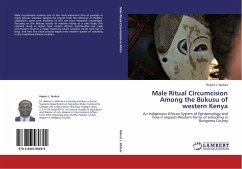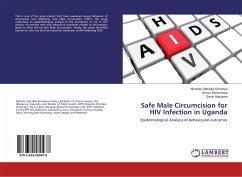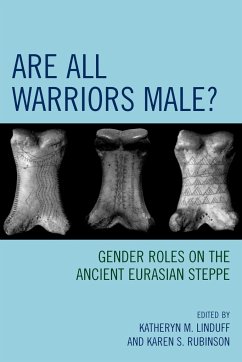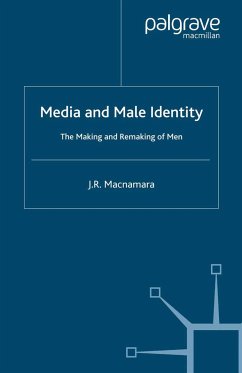
Male Circumcision in Africa
Ethnographic evidence from the Bukusu, Kenya
Versandkostenfrei!
Versandfertig in 6-10 Tagen
45,99 €
inkl. MwSt.

PAYBACK Punkte
23 °P sammeln!
Circumcision has been practiced in Africa to initiateadolescent boys into adulthood from time immemorial.Communities with a history of traditionalcircumcision in Sub-Saharan Africa are graduallytaking up clinical circumcision and yet stilladhering to traditional circumcision processes. Byuse of both ethnographic and descriptive means, thisbook explains modernity factors that determinechoosing between traditional and clinicalcircumcision. Parents and their sons consider cost ofcircumcision and health concerns; HIV infectionthreat, safety, complications and other adverseconsequences. Thus, tradi...
Circumcision has been practiced in Africa to initiate
adolescent boys into adulthood from time immemorial.
Communities with a history of traditional
circumcision in Sub-Saharan Africa are gradually
taking up clinical circumcision and yet still
adhering to traditional circumcision processes. By
use of both ethnographic and descriptive means, this
book explains modernity factors that determine
choosing between traditional and clinical
circumcision. Parents and their sons consider cost of
circumcision and health concerns; HIV infection
threat, safety, complications and other adverse
consequences. Thus, traditional circumcision
processes are not popular in prevailing economic and
health circumstances. However, circumcisions are
redefined today to serve their traditional
significance of initiation as derived from William
Thomas concept of redefinition of the situation .
This book is recommended for researchers, scholars
and students in the field of circumcision and
HIV/AIDS. It is also recommended for culture and
health researchers interested in male circumcision.
adolescent boys into adulthood from time immemorial.
Communities with a history of traditional
circumcision in Sub-Saharan Africa are gradually
taking up clinical circumcision and yet still
adhering to traditional circumcision processes. By
use of both ethnographic and descriptive means, this
book explains modernity factors that determine
choosing between traditional and clinical
circumcision. Parents and their sons consider cost of
circumcision and health concerns; HIV infection
threat, safety, complications and other adverse
consequences. Thus, traditional circumcision
processes are not popular in prevailing economic and
health circumstances. However, circumcisions are
redefined today to serve their traditional
significance of initiation as derived from William
Thomas concept of redefinition of the situation .
This book is recommended for researchers, scholars
and students in the field of circumcision and
HIV/AIDS. It is also recommended for culture and
health researchers interested in male circumcision.












